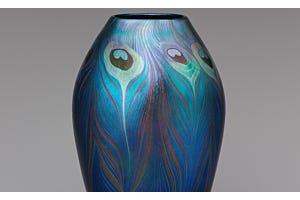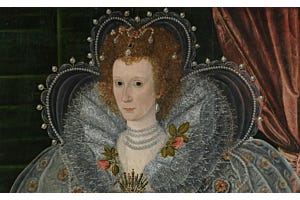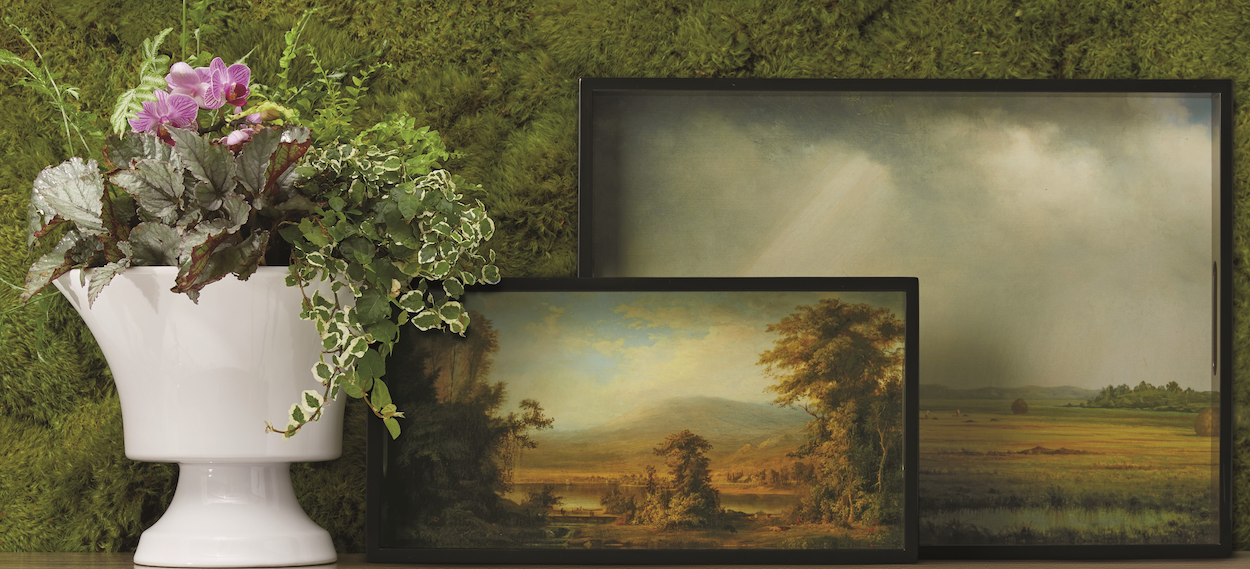
This season, we’re delighted to present new apparel and tableware inspired by the Museum’s collection of lush, 19th-century American landscape paintings, including sublime vistas by a selection of so-called Hudson River School artists.
Defined as America’s first artistic fraternity, the Hudson River School refers to a circle of likeminded landscapists who emerged in mid-19th–century New York after Thomas Cole (American, b. England, 1801–1848). Having abandoned industrial Britain for the bucolic village of Catskill in New York's Hudson River Valley region, Cole pioneered a distinctly American perspective of the genre—a "higher style" of landscape painting that imbued scenes of nature with moral messages, and celebrated the majestic Northeastern wilderness as a source of patriotism and pride.


Although the term “Hudson River School” was coined retrospectively (and disparagingly) by the American Pre-Raphaelites who, like the British Pre-Raphelites, rejected the trends that they felt were misguiding art, the name remains in use for its fair reference to the artists' endeavors and New York headquarters. As such, Cole is regarded as the “founder” or “father” of the Hudson River School, with his student, Frederic Edwin Church (American, 1826–1900), and his contemporary, Asher Brown Durand (American, 1796–1886), among several other extraordinary figures, serving as notable followers and associates.
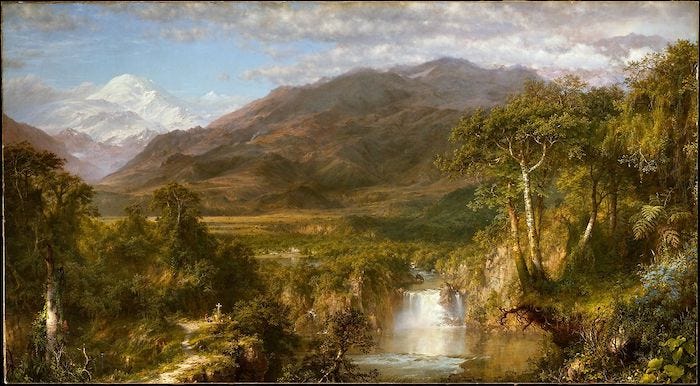

Our Sublime Landscapes collection pays tribute to the formidable beauty of Hudson River School imagery, and highlights a selection of picturesque scenes in the Museum’s American Wing.
Durand Scene from "Thanatopsis” Oblong Silk Scarf and All-Over Print Hoodie
In 1825, Asher Brown Durand—an engraver as well as a portrait and genre painter at the time—was one of three artists to discover and champion a young Thomas Cole, who had recently arrived in New York. Cole became a profound influence on Durand, who was galvanized into painting the landscape himself.
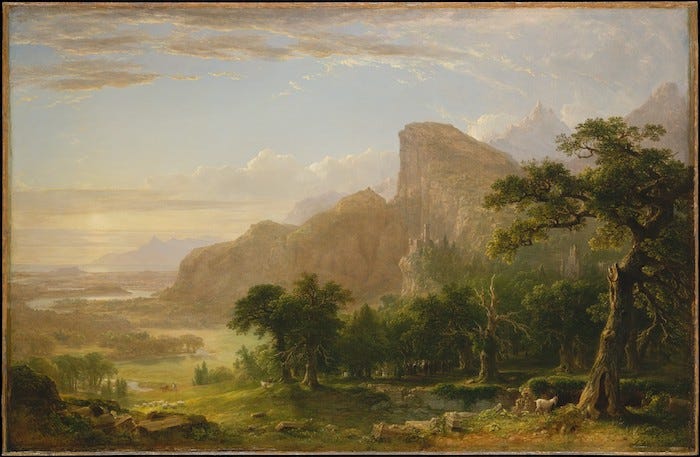

Be a force of nature in our cozy all-over print hoodie and stylish oversize silk scarf, both of which showcase a detail from Durand’s awesome Landscape—Scene from "Thanatopsis" (1850) in The Met collection. “Thanatopsis,” the Greek word for “meditation on death,” is also the name of a poem by William Cullen Bryant, who perceived death as humankind’s return to nature.
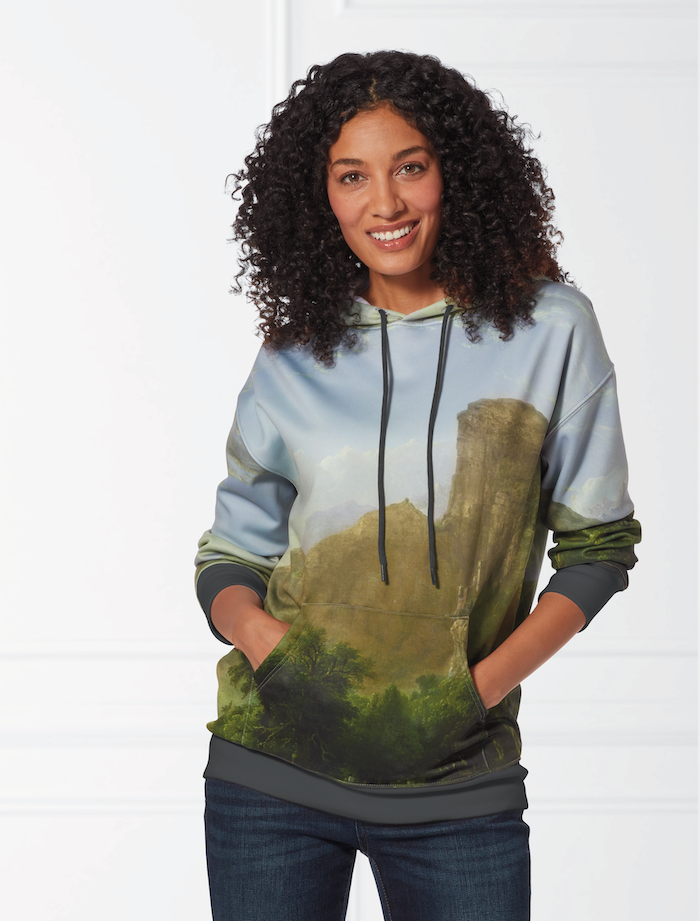

Duncanson Cows Watering in a Stream Small Lacquer Tray
This eye-catching home accent piece exhibits a detail from Landscape with Cows Watering in a Stream (1871) by Robert S. Duncanson (American, 1821–1872), a self-taught African American artist born free in upstate New York. Profoundly inspired by the Hudson River School, Duncanson enjoyed an international reputation; his remarkable talent commanded the attention of abolitionist leaders, who subsequently sponsored his studies in Europe. Duncanson successfully toured his paintings in England and Scotland before relocating to Montreal, where he self-exiled during the Civil War and facilitated the establishment of a Canadian landscape movement.
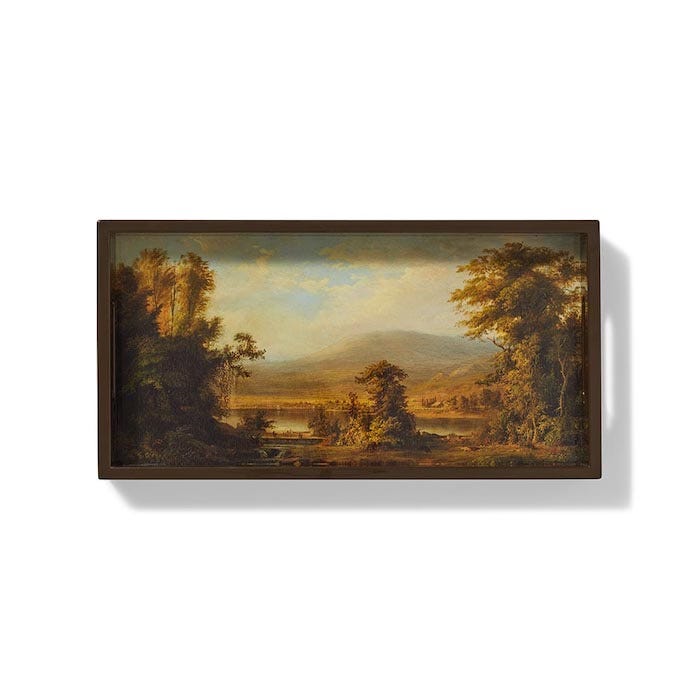

Heade Newburyport Meadows Large Lacquer Tray
Though he maintained a Manhattan studio on Tenth Street, in a building also occupied by several members of the Hudson River School, Martin Johnson Heade (American, 1819–1904) never formally aligned himself with the group. This lateral position is reflected in his preference not for mountains or forests, but tidal marshes—as depicted in The Met’s Newburyport Meadows (ca. 1876–81), featured on our large lacquer tray—which he saw as conduits for painterly drama. Heade’s rendering of emotive lighting and mercurial weather could be seen to represent his own moods.
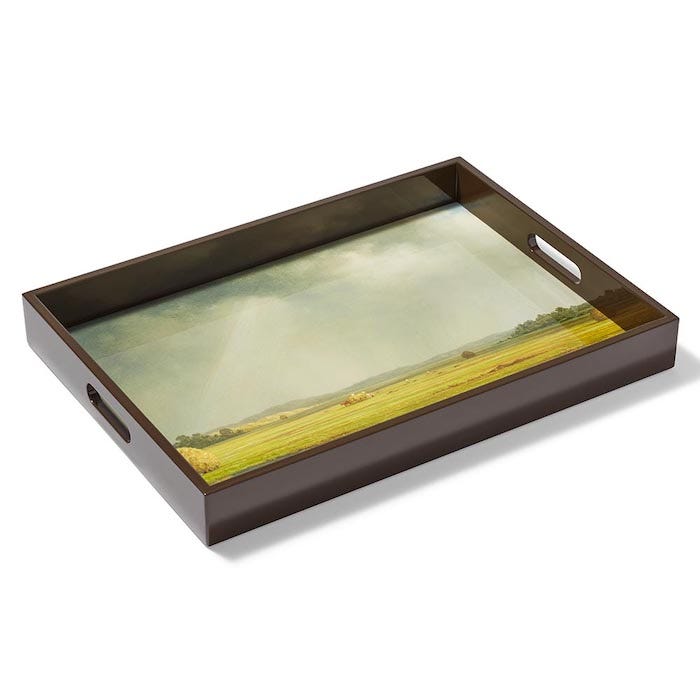

Shop our new Sublime Landscapes collection in-store and online.




